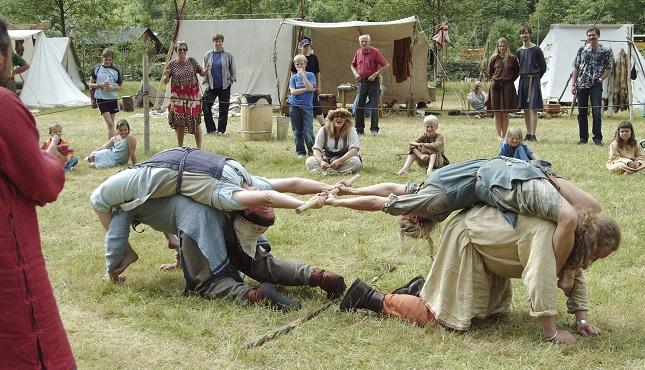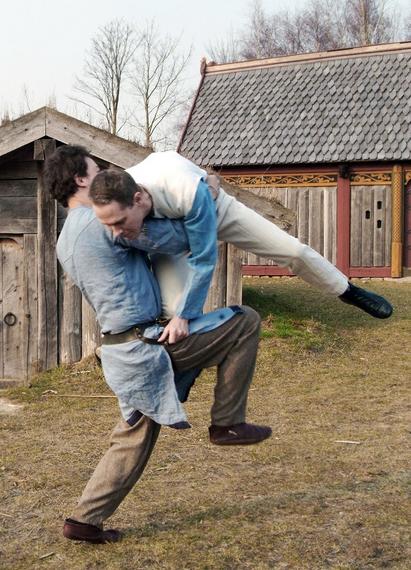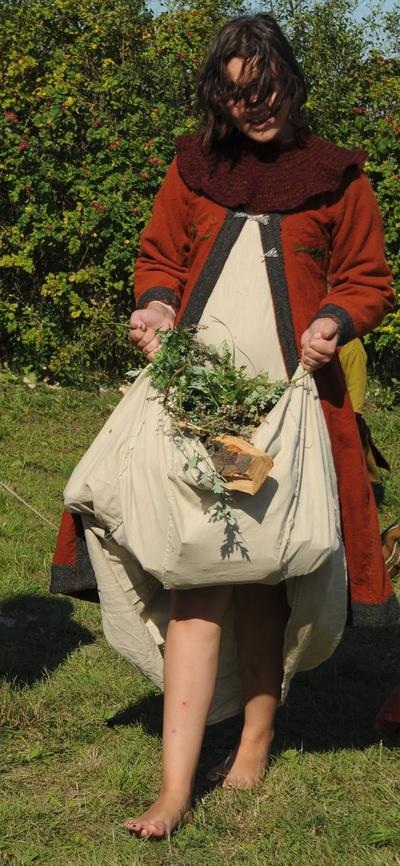Children in the Viking period

The children of today go to nursery school and school when their mothers and fathers are at work. But what did Viking children do? Were they sent to school? Did they learn to read and write when they were old enough? Or were there other things that were more important? One thing is certain is that Viking children played with toys, like today’s children do.

Children's toys in the Viking period
Viking children must have played, as all children do. Wooden toys have been found: small ships, swords, dolls and animal figures. Most of these were probably made for children to play with. But some of the objects were also useful to train various skills, which the children could use as adults, in work or in conflict.
For example, a spinning top trained a child’s fingers in the movements used in spinning. A small toy boat could, in addition, reflect the wish to travel on an expedition with an adult crew. A wooden sword could be used for training until it was exchanged for an iron one. Play could therefore also be used for more serious purposes.
The word ”play”, as we know it today, was not just reserved for children in the Viking period. “Play” was also used in relation to sports and exercise, musical instruments and weapons.
Adults also played together. In the Icelandic sagas, for example, men are praised for proficiency in jumping, throwing and running. The possession of such abilities could mean the difference between life and death in a battle situation.
Children's tasks in the Viking period
In the Viking Age children’s lives were not differentiated from those of adults like they are today. Children were also put to work from a young age. They were part of the family and had to help with the daily tasks.
Children helped their parents with indoor tasks, such as looking after the fireplace or making food. They also spent time outdoors, where they helped with the animals, worked hard in the fields, as well as gathering firewood, berries and fruit in the woods.
High infant mortality rate
The infant mortality rate was high in the Viking period. Many children died at a young age. We also know that newborn babies were sometimes put out to die. This might happen if the parents could not afford to support the child. After the introduction of Christianity the putting out of children to die was forbidden by law. The practice was still allowed for children with deformities, however.
When did children become adults?
It is likely that children became adults earlier than they do today. Given the average life expectancy of 40-45 in the Viking Age, it was important that early on children could help and carry out the work of an adult. In Iceland males were legally adults at the age of 16. Girls married at a very young age. They were regarded as adults once they were married.

